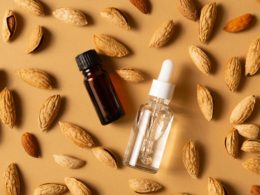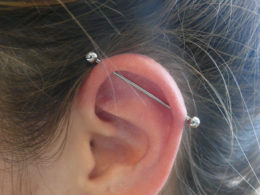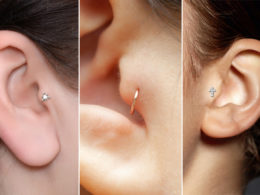Table of Contents Show
The only way to determine whether your nose piercings are fully healed is when most of the symptoms you experienced during the healing process have faded.
As long as there is no discomfort, no pus, no swelling, or redness and your skin on the area of your nose that was pierced has gone back to normal, then your nose piercing is fully healed and you are all set to change your jewelry if you wish to.
Nose piercings are simply any perforation made on the nose cartilage to allow the person to wear a piece of jewelry. Asides from ear piercings, nose piercings are the most popular piercings these days. They are have been in existence for longer than one would imagine but have recently become rooted in a beauty trend that everyone is eager to hop on.
Nose piercings are surprisingly not as painful as one would imagine, they may sting but would not cause a lot of pain in the process of being pierced. The tricky part about a nose piercing is the healing stage because of how much bacteria the nose is exposed to normally, from within and on the outside.
Asides from taking interest in the different types of nose piercings, it is normal that you would wonder how long it takes for your nose piercing to completely heal.
How Do You Know When Your Nose Piercing Is Healed?
The average healing time for a nose piercing is between three to six months. A new piercing would need adequate cleaning and strict adherence to aftercare piercings to heal without complications of any sort.
After your nose piercing is done, the piercer will disinfect it, but for the months that follow you would be in charge of cleaning and nurturing your piercing to normalcy. This means that how soon or how well your piercing heals is dependent on how you follow through with the aftercare procedures.
As important as aftercare procedures are for nose piercings to fully heal, you need to know the various stages of healing that a nose piercing undergoes so you can monitor your healing process and be certain that your piercing has experienced all of them before attempting to take out your jewelry or cease aftercare procedures. Below are the three healing stages of a nose piercing ;
1. The Acceptance or Inflammatory Stage
The first few days until a few weeks into a nose piercing is known as the acceptance or inflammatory phase. After a nose piercing is gotten, the body begins to work up towards sealing the piercing because it acknowledges it as a wound, the body naturally begins to produce tissue to cover it up.
The blood around the piercing will begin clotting to strengthen the skin around the piercing and jewelry. The Red blood cells will come into action by generating collagen which stimulates the growth of new skin in place of what was lost during the piercing
However, the presence of the jewelry makes it impossible for the body to seal the piercing completely as it would do for a normal wound. With the jewelry as an obstacle, the body fights back with inflammatory reactions.
This is why one is likely to experience pain, light bleeding, itching, or swelling during the early healing phases of a piercing, the body is trying to reject an unfamiliar presence in the nose.
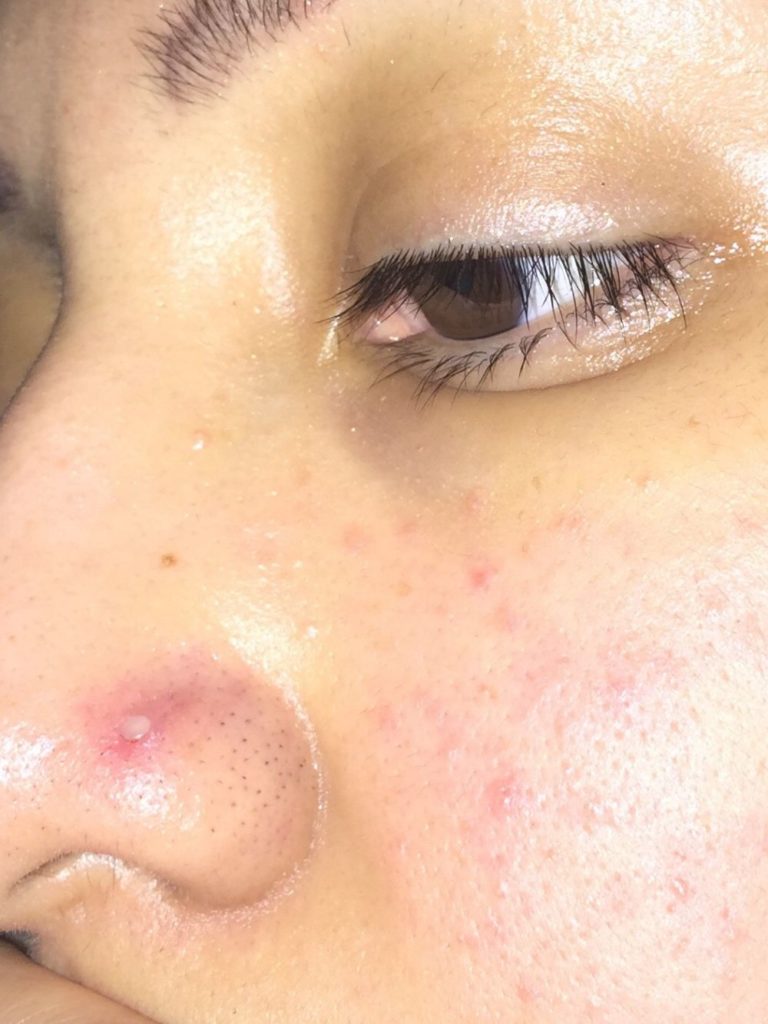
2. The Healing or Proliferative Stage
This stage is where you begin to experience the symptoms such as redness, itching, pain, and slight bleeding from the inflammatory stage slowly come to an end. The body must have gradually grown accustomed to the presence of the jewelry in your now and would find a way to work around it instead.
The body will begin to generate a fistula, a scar tissue that resembles a tube, this tissue will be generated until it securely surrounds the piercing whole to resemble a healed wound. As a result, your piercing will not be tender or cause as much discomfort as you earlier experienced.
Following this, the body begins the scarring process. A hardened yellowish discharge of lymph, dead cells, waste, and plasma will visibly be positioned around the piercing hole. It is important to not twist or fondle with your jewelry during this period as it would disrupt the process of fixing the piercing with new scar tissue.
You must ensure you are following through strictly with aftercare procedures during this period, it is a sensitive and integral part of attaining complete healing of your nose piercing. This stage finally ends when the yellowish discharge stops and the fistula at the edges of the piercing fully connect.
3. The Seasoning or Maturing Stage Of Nose Piercing
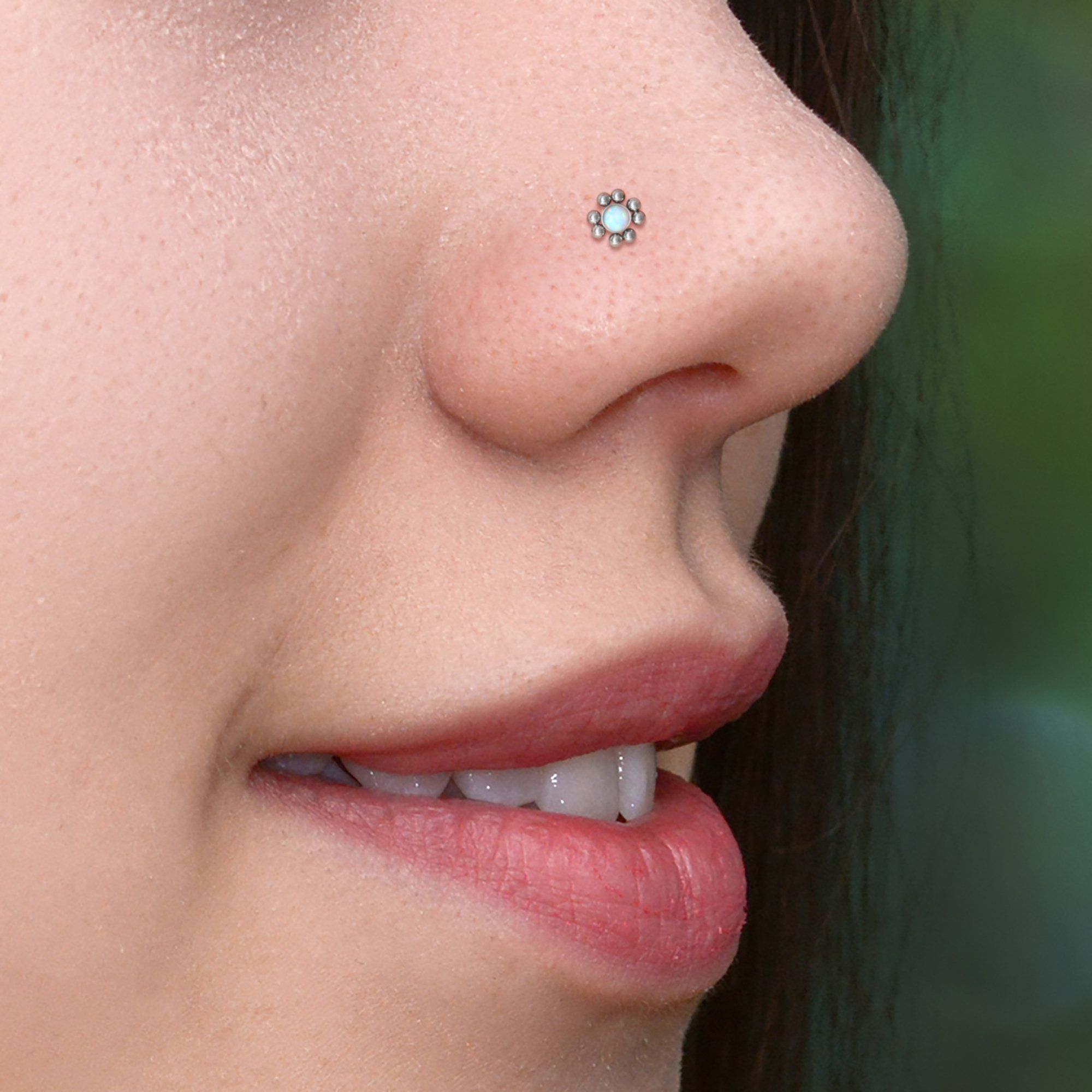
The seasoning or maturing stage is the final stage of healing for your piercing. It is less tricky and you would have already begun to enjoy your piercing as though it was already healed. The walls of the fistula will start to get thicker and expand.
This thickening and expansion of the fistula will reduce the chances of infection as most of the exposed area that was prone to bacterial infections would be closed up. You would also be free from worrying about a possible reaction, as your piercing would feel much better.
Though this stage might last weeks or months depending on individual experiences or circumstances, it signals the end of the healing process.
In Summary
A nose piercing might be a popular piercing, but it does not make the journey to complete healing magically easier. The healing stages of a nose piercing are the same as other piercings but the time frame is what differs.
This long healing process of three to six months that could be as long as a year in some scenarios is what raises the question of how you are expected to know when your nose piercing has healed. Since experiences vary from one person to another, you can self-evaluate using the above stages of healing to know when you have scaled through to the last stage and your piercing has healed.
If these processes are not fully experienced but complications get in the way instead, you might be experiencing rejection and it would be advisable to see a professional piercer or a medical expert.
More on piercing:



